Frederica Freyberg:
We have just come through some amazingly and dangerously cold weather in Wisconsin. Wind chill readings hitting 60 below zero in some locations. Temperatures are on the uptick now, but what gives scientifically? In tonight’s Wisconsin look, we check in with Jon Martin, Professor of Atmospheric and Oceanic Sciences at UW-Madison. Thanks very much for being here.
Jon Martin:
It’s my pleasure, Frederica.
Frederica Freyberg:
So what does give scientifically?
Jon Martin:
Well, every once in a while you get a little piece of the arctic that makes its way all the way down to the Great Lakes states. It’s not unprecedented, but it is not frequent. I think the last time we had anything quite to this extreme was in February, 1996, almost — or now 23 years ago. So people have been calling it once in a generation. That’s a relatively fair assessment although there’s nothing at all that we could say today that says we won’t get another such cold snap even six weeks from now.
Frederica Freyberg:
In terms of how cold it was with this polar vortex, how does that stack up historically?
Jon Martin:
Historically, we made — I thought we would make a closer run at the all-time record low temperature in Madison which was set on January 30, 1951 at minus 37. The coldest we got in this snap was minus 28. So we missed by a pretty good margin. But there were some minus 30s in the vicinity of the city yesterday. So we did get to temperatures that we haven’t seen since probably since the 1980s.
Frederica Freyberg:
It sounds kind of counterintuitive, but what role does climate change play in this polar vortex and these kind of conditions?
Jon Martin:
It does seem really counterintuitive. And I think perhaps the connection’s been over emphasized. There’s likely to be some connection in the sense that we have a bunch of players involved in getting this kind of cold to make its way this far south. Some of those players are always standard issue things that are occurring every single winter at very high latitudes, in polar latitudes. But what’s happening with the changing climate is there’s been a tendency for the jet stream to migrate slightly more towards the pole. And the jet stream has waves in it, so excursions north and south of the flow. And if that whole structure moves a little bit further north, it can actually dig out some of these exceptionally cold little disturbances. This is what this thing was. It was relatively small scale, but it was dug out of the arctic by the jet stream. So it stands to reason that if a pole-ward migration of the jet is a consequence of a warming planet, we may see more of these events occur and this wouldn’t be just over Wisconsin. This would be hemispherically. But they may become ever so slightly more frequent.
Frederica Freyberg:
How hard is it for people to reconcile extreme, bitter cold with climate change?
Jon Martin:
I think it’s very hard. I think people conflate all the time the difference between weather and climate. It’s rather like there’s a number of analogies a person could use. One that occurred to me the other day is sometimes people complain about traffic in their general metro area. Here in Madison, maybe in the city of Austin, where I grew up. And to conflate weather and climate would be as foolish as to look out your window and see that there’s nobody on your street in your neighborhood and conclude from that that there’s no traffic anywhere in the metro area. So they’re different scales. They occur on different time scales and length scales. And so it’s easy to make that mistake. The weather has got so much variety in it. And the climate system contains all of the weather. So there’s plenty of actual variability that leads to these cold events, whether or not the planet is warming gradually or not.
Frederica Freyberg:
Speaking of variability, this weekend in Wisconsin we’re supposed to get rain, 40 degrees. That’s a 70 degree fluctuation. What does that have to do with climate change, if anything?
Jon Martin:
That is probably — if it’s connected at all to a changing climate, it’s a small factor because we’ve had plenty of examples in the past where you’ll go from minus 20 or so and then suddenly within a few days you’re into the mid 30s. So something analogous to what we’re about to see. This is a relatively unusually rapid warmup. I’ll grant anybody that. That’s true. But again it’s not unprecedented. Things like this have happened. In fact, we had in Boston in December of ’83, we had a low temperature of minus ten on morning. Less than a week later, the high temperature was 79 under clouds. So weird things happen. This was in the early 1980s.
Frederica Freyberg:
Weird things happen.
Jon Martin:
They just happen. They’re in the weather.
Frederica Freyberg:
Jon Martin, thanks very much.
Jon Martin:
You bet, thank you.
Search Episodes
News Stories from PBS Wisconsin

Donate to sign up. Activate and sign in to Passport. It's that easy to help PBS Wisconsin serve your community through media that educates, inspires, and entertains.
Make your membership gift today
Only for new users: Activate Passport using your code or email address
Already a member?
Look up my account
Need some help? Go to FAQ or visit PBS Passport Help
Need help accessing PBS Wisconsin anywhere?

Online Access | Platform & Device Access | Cable or Satellite Access | Over-The-Air Access
Visit Access Guide
Need help accessing PBS Wisconsin anywhere?

Visit Our
Live TV Access Guide
Online AccessPlatform & Device Access
Cable or Satellite Access
Over-The-Air Access
Visit Access Guide
 Passport
Passport

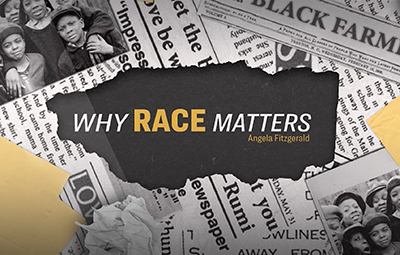



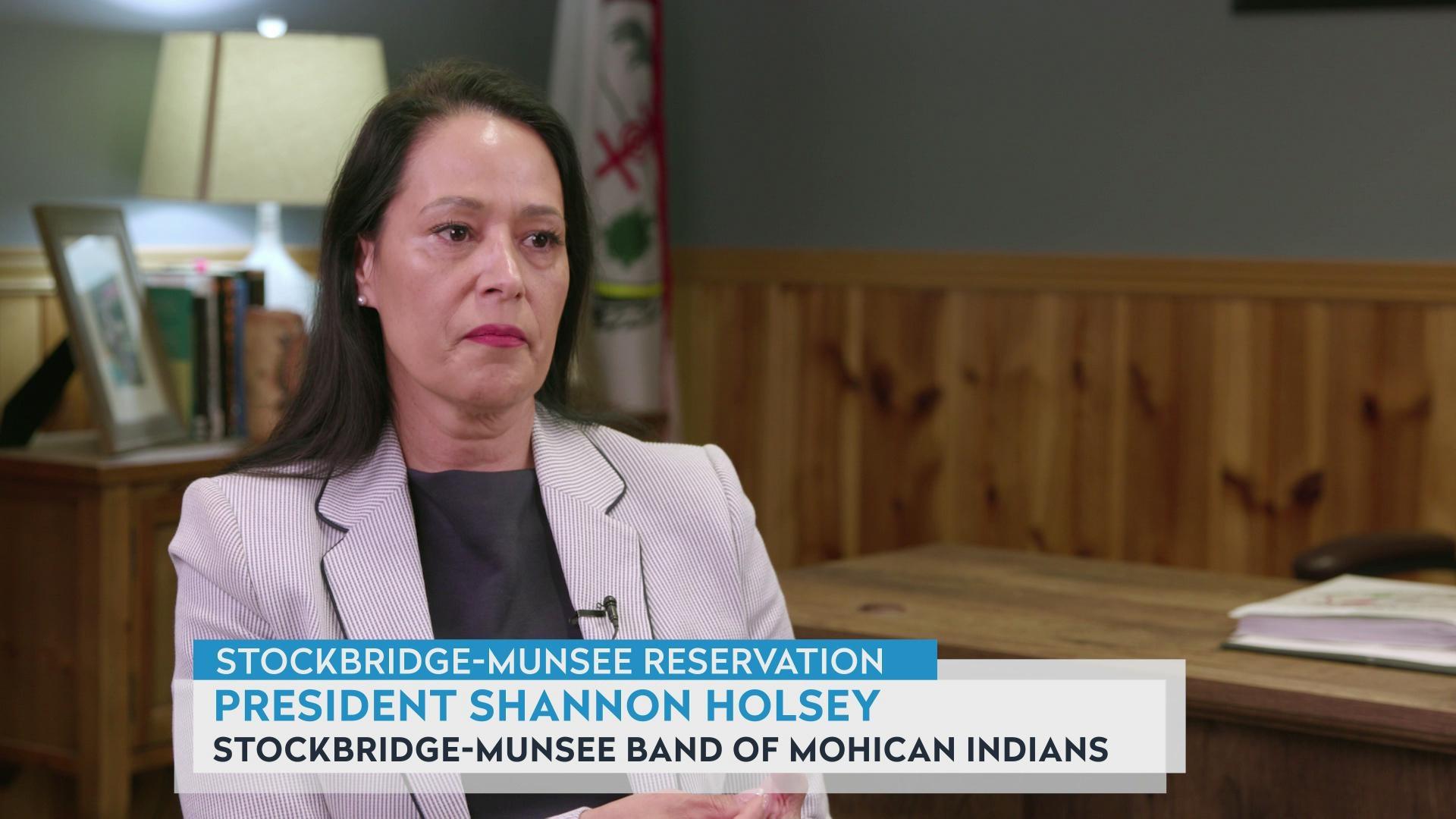

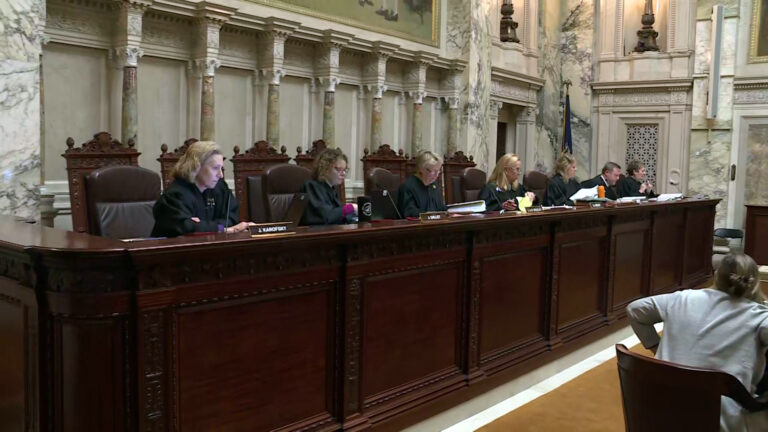
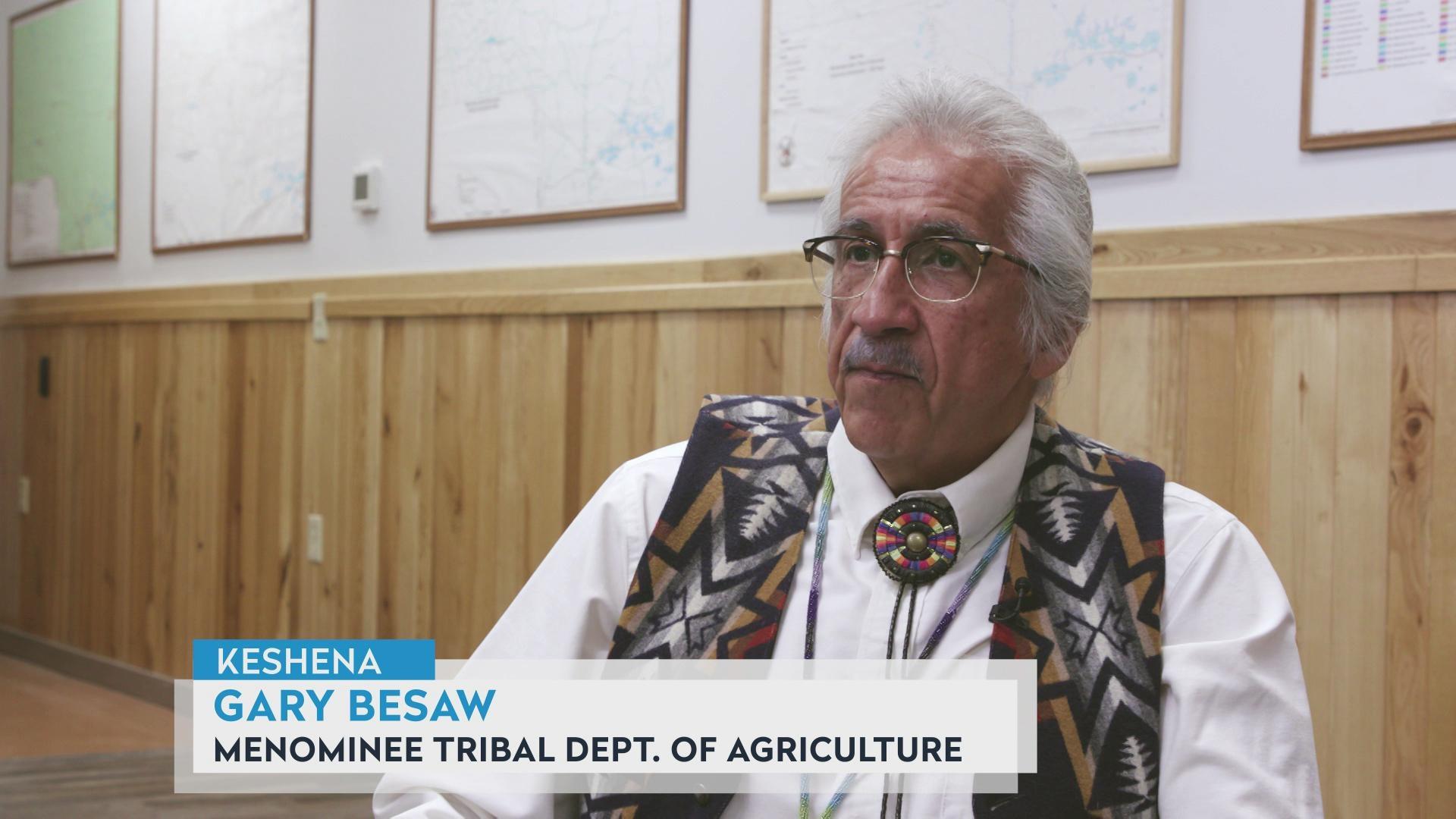
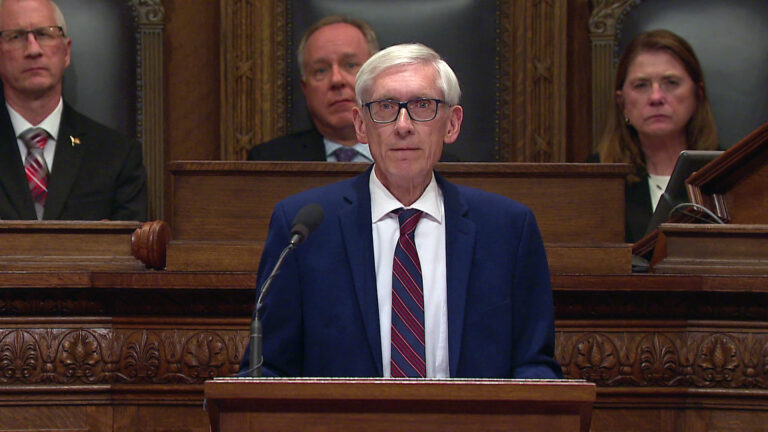
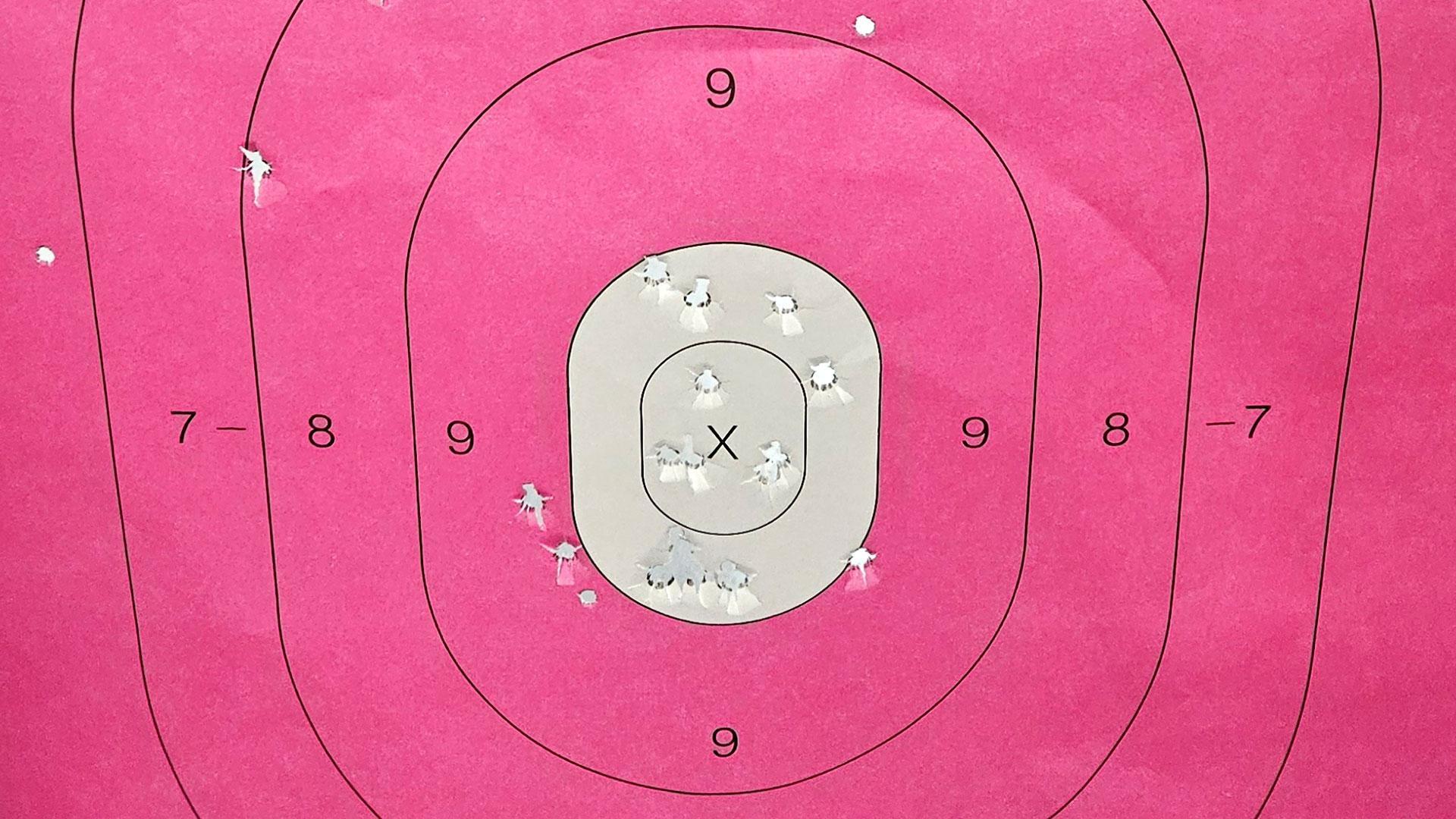
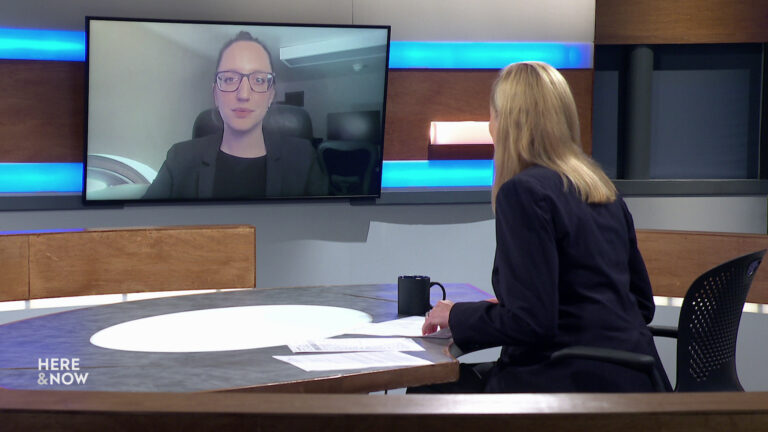

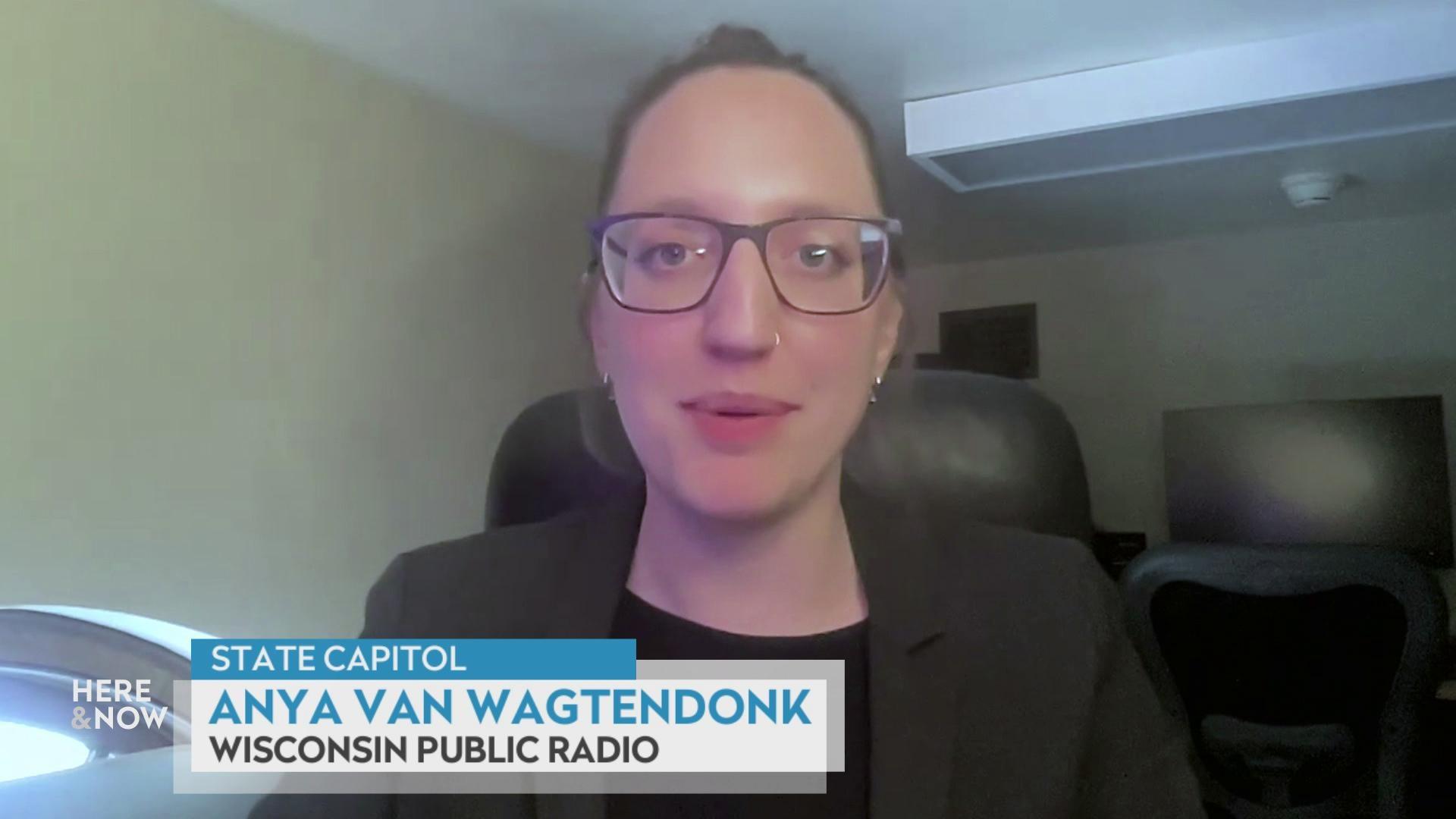
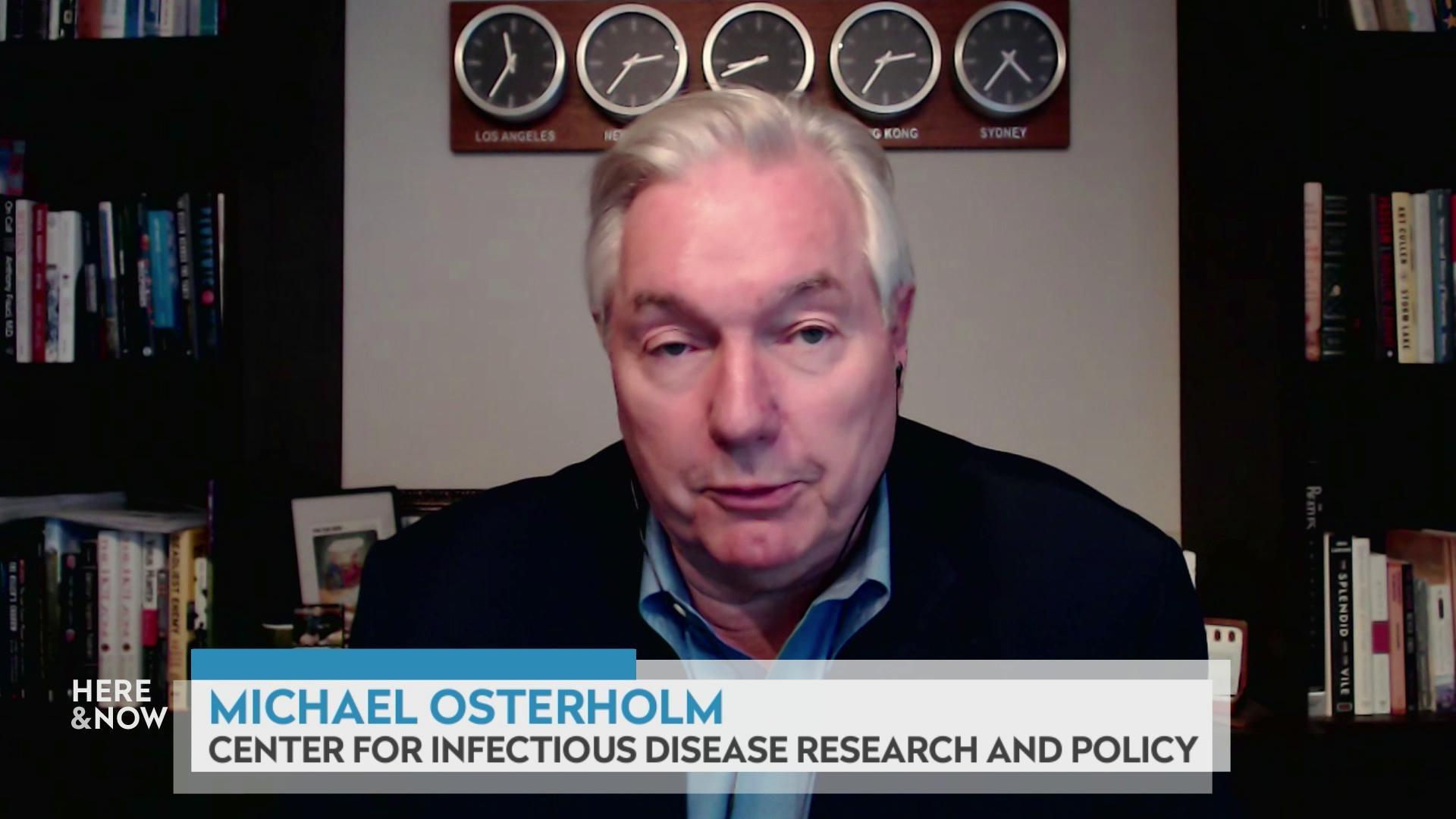
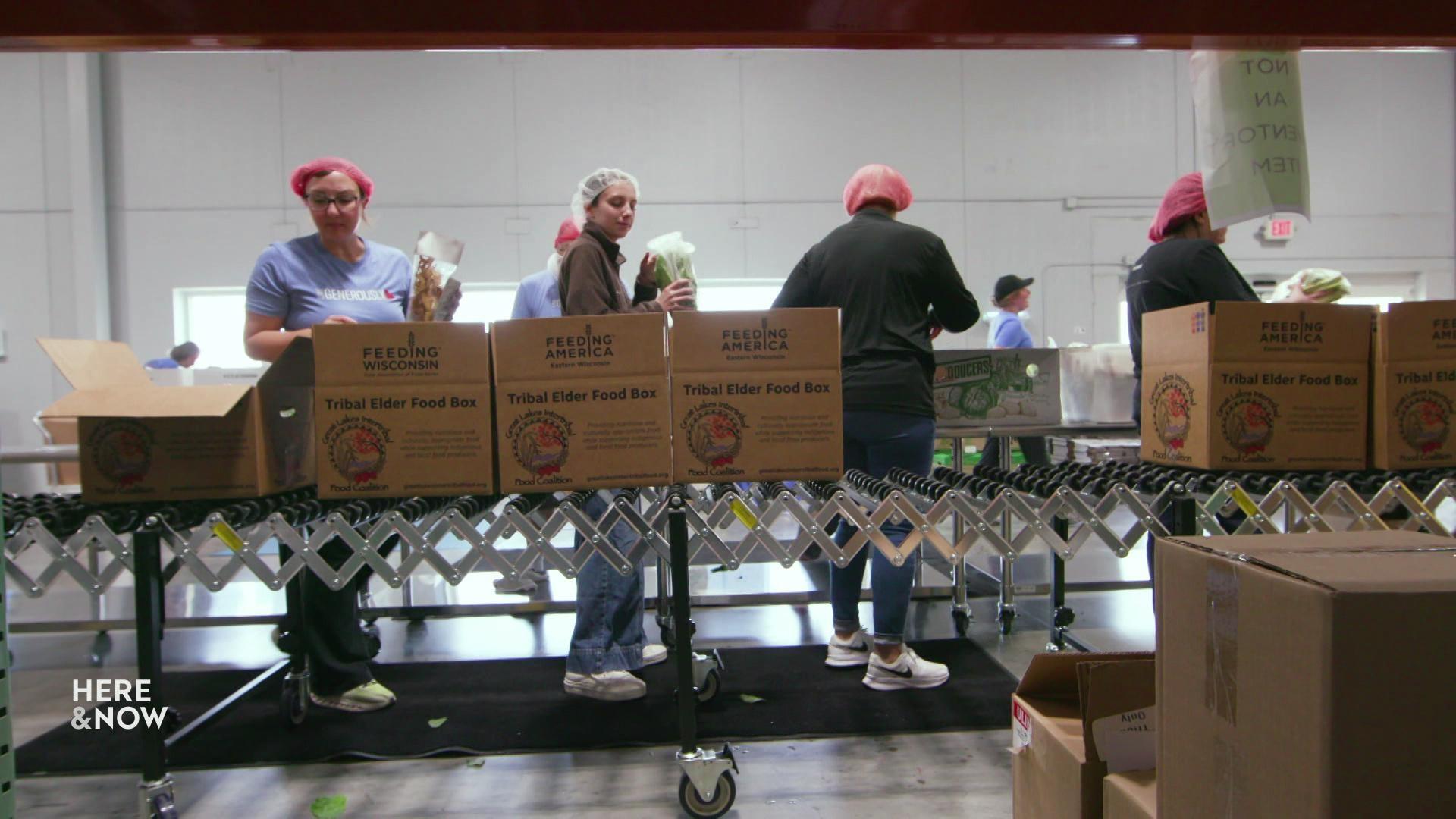
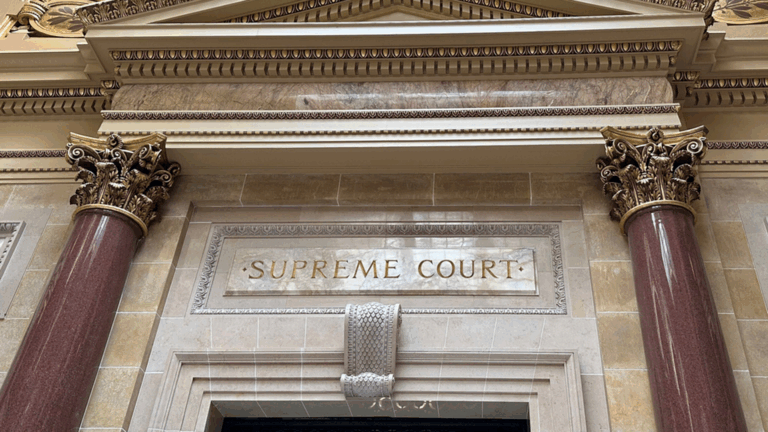

Follow Us